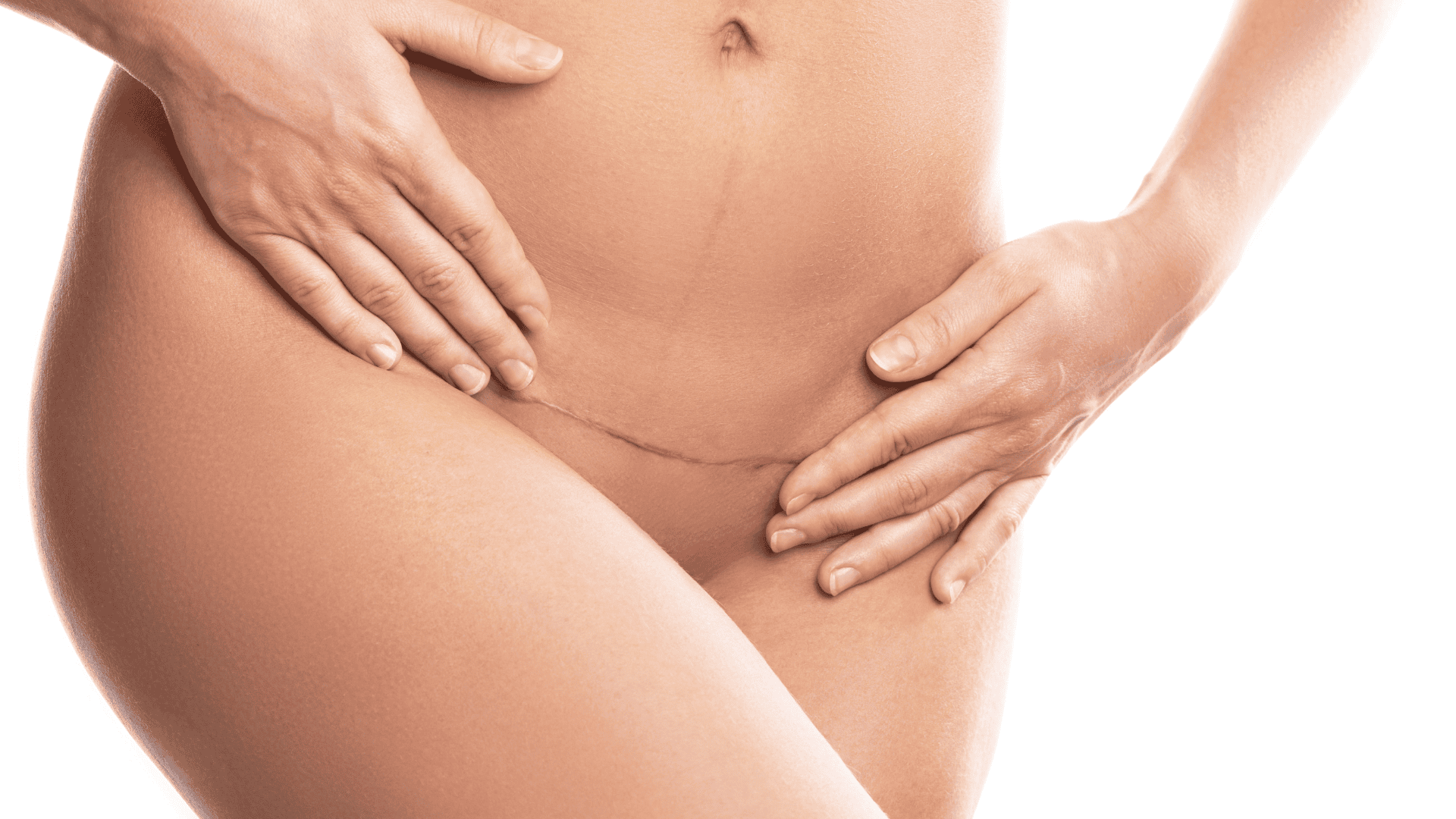
C-section scar: Management and treatment
C-section scar management and treatment are essential aspects of postpartum care for women who have undergone cesarean section deliveries. Understanding how to care for and minimize the appearance of a C-section scar can help promote healing and improve both physical and emotional well-being.
Understanding C-section scars
A C-section scar, also known as a cesarean scar, is the mark left on the abdomen after a cesarean section delivery. It typically appears as a horizontal or vertical line, depending on the type of incision used during the surgery. While C-section scars are a natural part of the healing process, they can sometimes be a source of concern for women due to their visibility and potential discomfort.
Managing C-section scars
Proper management of C-section scars involves several steps to promote healing and reduce the risk of complications. Here are some tips for managing C-section scars:
- Keep the incision clean and dry: After surgery, it's essential to keep the incision clean and dry to prevent infection. Follow your healthcare provider's instructions for caring for the incision site and keeping it free from moisture and irritation.
- Use scar treatment products: There are various scar treatment products available, such as silicone sheets, gels, and creams, that can help reduce the appearance of C-section scars. These products can be applied directly to the scar to soften and flatten its texture over time.
- Massage the scar tissue: Gentle massage of the scar tissue can help improve blood circulation to the area and break up scar tissue adhesions. Use a gentle, circular motion to massage the scar for a few minutes each day, starting a few weeks after surgery.
- Protect the scar from sun exposure: Sun exposure can cause C-section scars to darken and become more noticeable. To prevent this, protect the scar from direct sunlight by covering it with clothing or applying sunscreen with a high SPF.
- Stay hydrated and eat a balanced diet: Proper hydration and nutrition are essential for wound healing and skin health. Drink plenty of water and eat a balanced diet rich in vitamins, minerals, and antioxidants to support your body's healing process.
Treatment options for C-section scars
In some cases, C-section scars may require additional treatment to improve their appearance or alleviate symptoms. Treatment options for C-section scars may include:
- Scar revision surgery: In cases where the C-section scar is particularly prominent or causes discomfort, scar revision surgery may be recommended. This procedure involves surgically removing the old scar tissue and creating a new, less noticeable scar.
- Laser therapy: Laser therapy can be used to reduce the appearance of C-section scars by targeting the pigment in the scar tissue and stimulating collagen production. This can help soften and flatten the scar over time, resulting in smoother skin texture.
- Microdermabrasion: Microdermabrasion is a non-invasive cosmetic procedure that uses a special device to gently exfoliate the top layer of skin, revealing smoother, more even skin underneath. This can help reduce the appearance of C-section scars and improve skin texture.
C-section scars are a natural part of the healing process after cesarean section delivery. By properly managing and treating C-section scars, women can promote healing, reduce discomfort, and improve the appearance of their scars over time. If you have concerns about your C-section scar or are considering treatment options, consult with a healthcare provider or dermatologist for personalized advice and recommendations.


